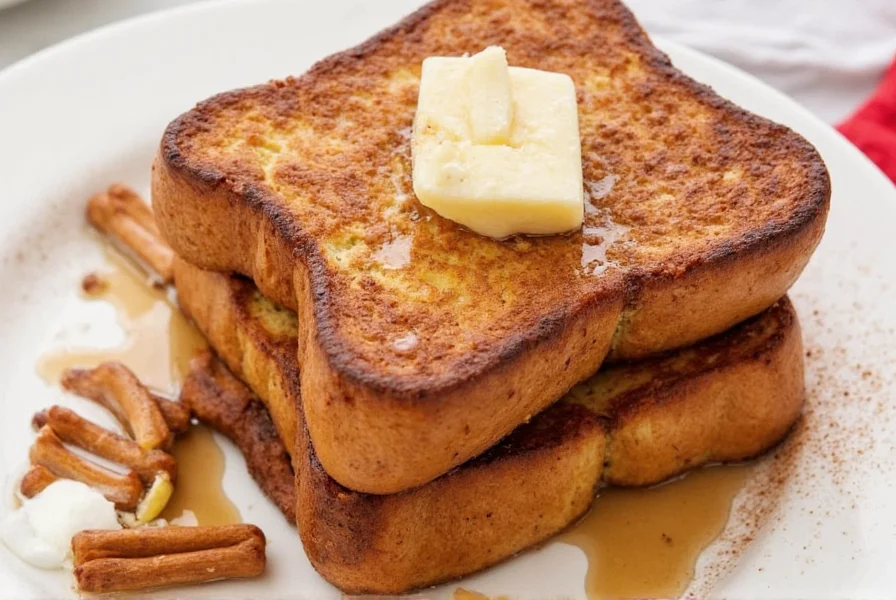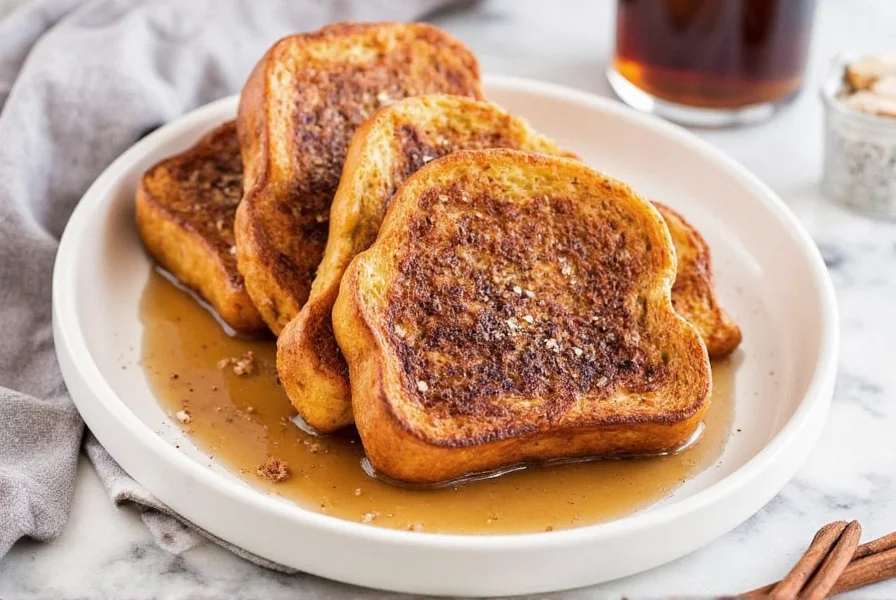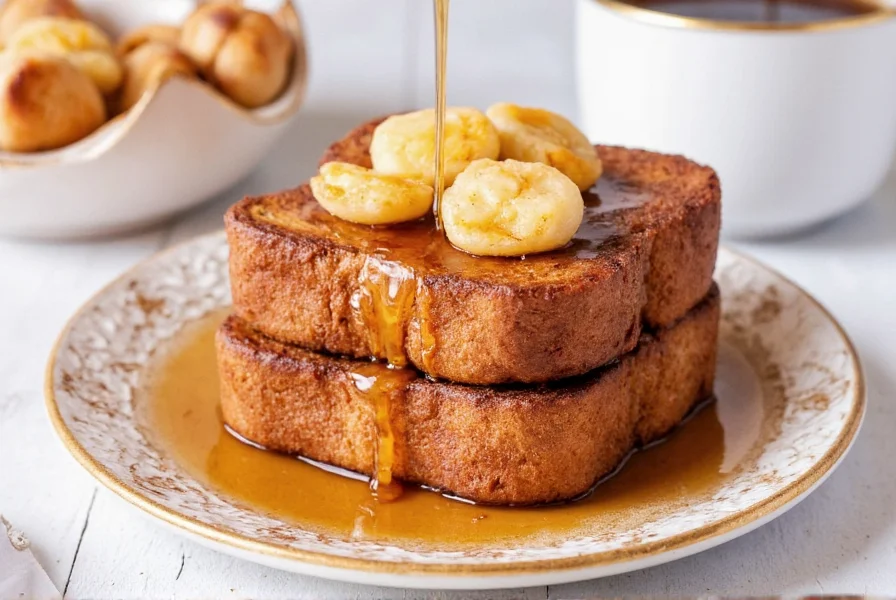If you've ever wondered why some cinnamon french toast turns out soggy while others achieve that perfect golden crust with a custardy interior, the secret lies in precise ratios and temperature control. This guide reveals professional techniques for consistently delicious results that surpass typical breakfast recipes.
The Science Behind Perfect Cinnamon French Toast
Cinnamon french toast transforms simple ingredients into a culinary delight through the Maillard reaction—the chemical process that creates complex flavors during browning. The ideal custard ratio balances egg proteins for structure, milk for moisture, and cinnamon for aromatic depth without overpowering the bread's natural flavor.
Essential Ingredients and Why They Matter
Quality ingredients form the foundation of exceptional cinnamon french toast. Here's what you need and why each component matters:
| Ingredient | Function | Professional Recommendation |
|---|---|---|
| Eggs | Provides structure and richness | Use large eggs at room temperature for optimal emulsification |
| Whole milk | Creates creamy texture | Substitute half-and-half for extra richness in special occasions |
| Ground cinnamon | Primary flavor component | Freshly ground from cinnamon sticks yields superior flavor |
| Brioche or challah | Absorbs custard without disintegrating | Day-old bread works best for optimal absorption |

Step-by-Step Preparation Guide
Follow these professional techniques for restaurant-quality cinnamon french toast at home:
Custard Preparation
- Whisk 4 large eggs with 1 cup whole milk until fully combined
- Add 1½ teaspoons ground cinnamon, 2 tablespoons granulated sugar, and ½ teaspoon vanilla extract
- For enhanced flavor, include a pinch of nutmeg and a dash of salt
- Strain mixture through a fine-mesh sieve to eliminate any egg clumps
Bread Selection and Soaking
Choose thick-cut (¾-inch) slices of brioche, challah, or French bread. The ideal soaking time depends on bread density:
- Dense breads (sourdough, whole grain): 45-60 seconds per side
- Medium-density breads (brioche, challah): 30-45 seconds per side
- Soft breads (white sandwich bread): 20-30 seconds per side
Cooking Temperature Mastery
Temperature control separates adequate from exceptional cinnamon french toast. Use an infrared thermometer to verify your cooking surface:
- Too cold (below 325°F/163°C): Results in soggy, undercooked toast that absorbs excess oil
- Ideal range (350-375°F/175-190°C): Creates golden crust while allowing custard to set properly
- Too hot (above 400°F/205°C): Causes exterior burning before interior cooks through
Cook for 3-4 minutes per side until deeply golden brown. The internal temperature should reach 160°F (71°C) when tested with an instant-read thermometer.
Avoiding Common Cinnamon French Toast Mistakes
Even experienced cooks make these frequent errors when preparing cinnamon french toast:
- Over-soaking bread: Leads to disintegration during cooking—never exceed 60 seconds per side
- Insufficient cinnamon: Results in flavorless toast; 1½ tsp per 4 eggs is the professional standard
- Cooking on wet surfaces: Causes steaming instead of browning—always pat bread dry after soaking
- Overcrowding the griddle: Lowers cooking temperature and creates uneven results
Serving and Presentation Techniques
Elevate your cinnamon french toast experience with these professional finishing touches:
- Serve immediately after cooking for optimal texture contrast
- Apply maple syrup just before serving to prevent sogginess
- Add a dusting of powdered sugar through a fine-mesh sieve for even coverage
- Pair with complementary flavors: fresh berries, whipped cream, or a dollop of crème fraîche

Storage and Reheating Guidelines
While best served fresh, properly stored cinnamon french toast maintains quality for up to 3 days:
- Cool completely on wire rack before storing
- Place parchment paper between slices to prevent sticking
- Store in airtight container in refrigerator
- Reheat in 350°F (175°C) oven for 8-10 minutes or air fryer at 325°F (163°C) for 3-4 minutes
- Avoid microwaving, which creates rubbery texture
Delicious Variations to Explore
Once you've mastered the classic cinnamon french toast recipe, experiment with these professional variations:
- Apple Cinnamon French Toast: Layer thin apple slices between bread before soaking
- Bourbon Cinnamon French Toast: Add 1 tablespoon bourbon to custard mixture
- Stuffed Cinnamon French Toast: Fill bread pockets with cream cheese and cinnamon sugar
- Vegan Cinnamon French Toast: Substitute eggs with flax eggs and dairy with coconut milk











 浙公网安备
33010002000092号
浙公网安备
33010002000092号 浙B2-20120091-4
浙B2-20120091-4